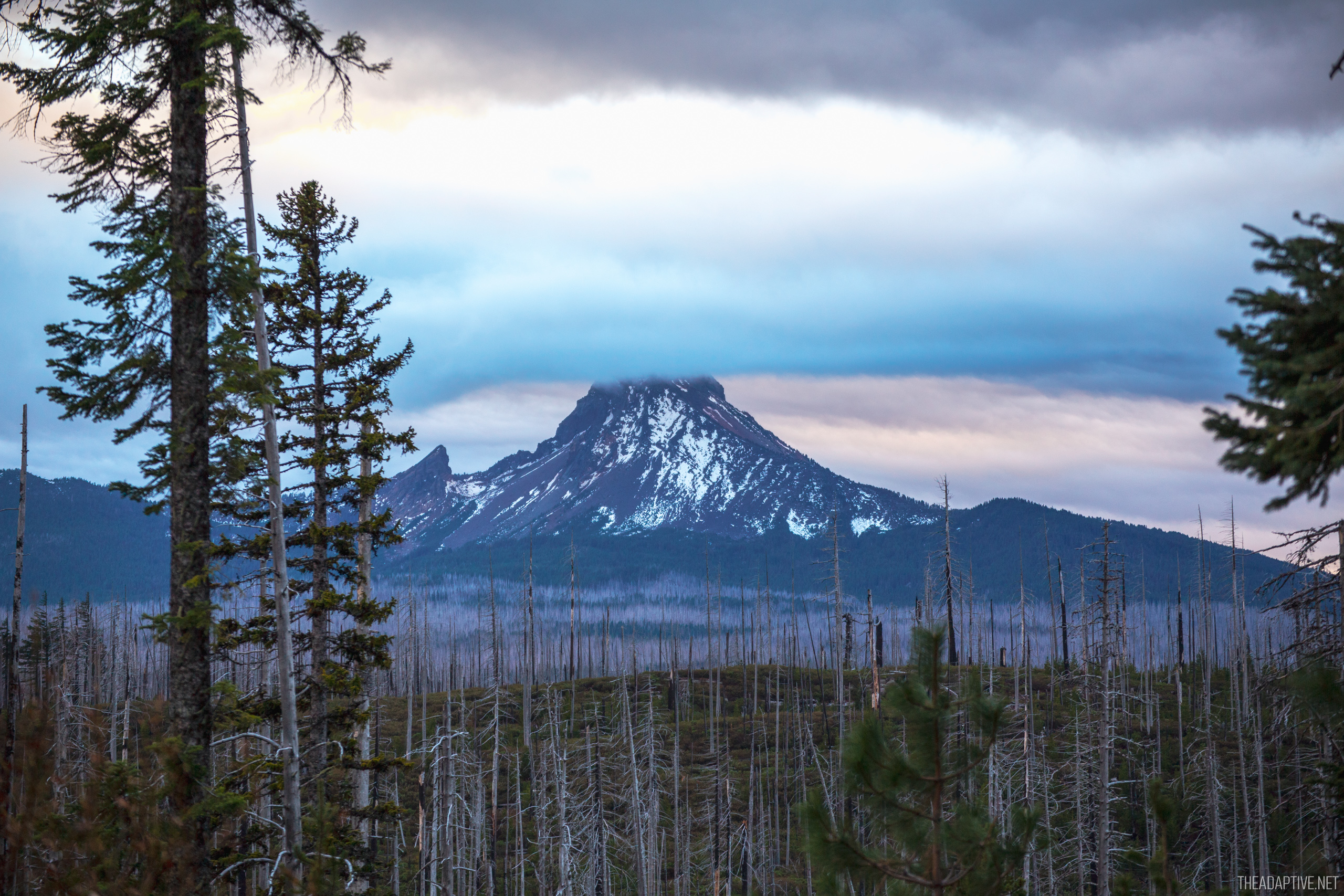If you can take very large and sharp photos, even with a phone, you can probably sell stock photography. It’s one of many ways to generate an income, which builds over time. Every time I upload a new photo, it adds to a sort of math formula with unknown variables. Certain photos can become unusually popular, and they can remain that way for reasons likely unknown to even the creators of Shutterstock itself.
Anyway, I decided to start selling some of my photos as stock or “microstock” images, and has generated at least a few thousand dollars of royalties over the course of a few years. This may be disproportionately hard work for the income so far, but the long-term payoff, potentially tens of thousands of dollars, only makes me wish I’d started sooner.

Each stock photo company has different rules and requirements. Shutterstock is a good place to start. It has a fairly tough application process, but going through the steps of applying can teach you everything you need to sell your photos on multiple different sites. This is the real value of licensing your work: You can bank on loyalty with one company, or you can go all out on every company around. I chose the latter option at one point, but now I focus mostly on my top three “microstock” accounts: Shutterstock, Adobe Stock, and iStock/Getty. Every once in a while, Dreamstime and BigStock send me a payout. Even rarer, DepositPhotos paid me once, I think…
For the purpose of this article, I’m sticking with the idea of selling photos on Shutterstock, because they offer a great way to get started quickly. Adobe Stock and iStock are also recommended. The others have not paid off for me, personally.
This post is here to offer pointers for anyone who takes photos, makes music, or records videos for a hobby, and wants to add a form of income from it.
For some context, I’ve made enough money from stock photography to pay for the expensive gear that was required to make the images.

It was no small feat, but it can be done.
You can take bits and pieces of your own work, including the B-roll “leftovers”, and turn them into a library that earns you income on 10 or 20 stock photo websites. In my experience, only two or three companies pay out consistently: Shutterstock and Adobe Stock. I didn’t link Adobe Stock, b
If you know your way around Photoshop, you can just study what kind of topics and styles are popular, and create graphics for those purposes. Some of my most popular images are obscure things that I didn’t think much about — for example, a photo of a dog sitting in a car on a sunny day.
If you’re sitting in quarantine and wondering how to make some extra dollars, I can wholeheartedly recommend (at least) considering what kind of inventory you could be creating income from right now.
You can sell or otherwise license a wide variety of things over the internet, by putting some work in upfront. In my case, I shoot thousands of photos over the course of years, then slowly go back over the camera rolls over the years, attempting to edit and give justice to more than a handful.
Yes, it can sting to give away 70% (more or less) of the income from your work… But I haven’t found a better way to turn my work into real income on a weekly basis. My library of a couple thousand stock photos, taken with a Canon 6D and a few nice lenses, has all been paid for by an income that continues coming in. Considering everything else the gear gave me beyond any commercial value, I call that a big win. Now the income is beginning to cover the cost of traveling. Getting it to a living wage would be a truly intense and grueling job, but it does seem possible.
So get your camera skills dialed in, read some books about photography (especially “Understanding Exposure” by Brian Patterson).

Creators: Sell Your Work On Shutterstock
